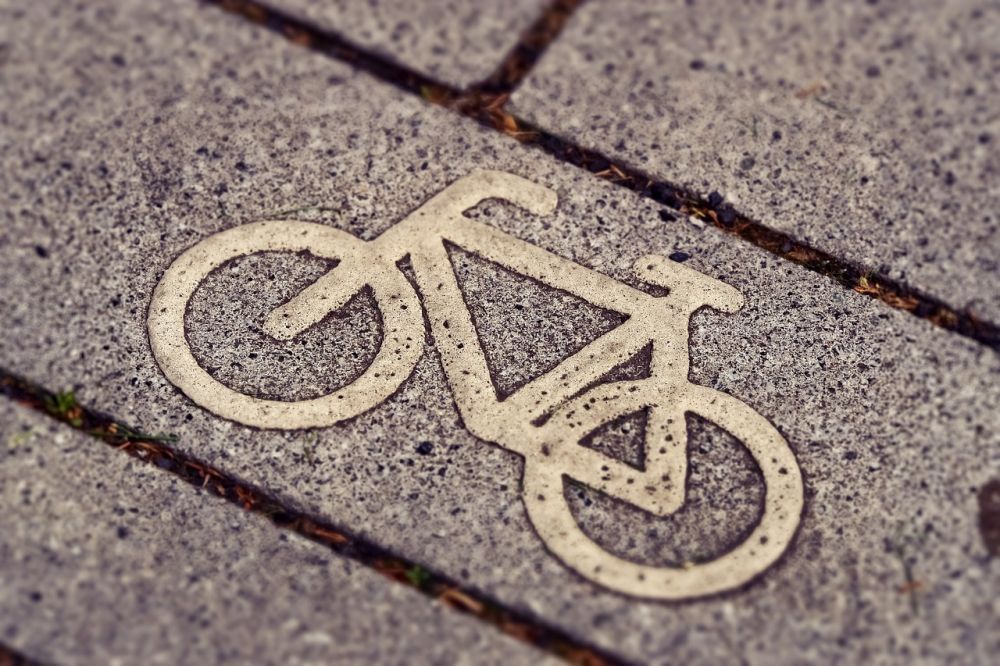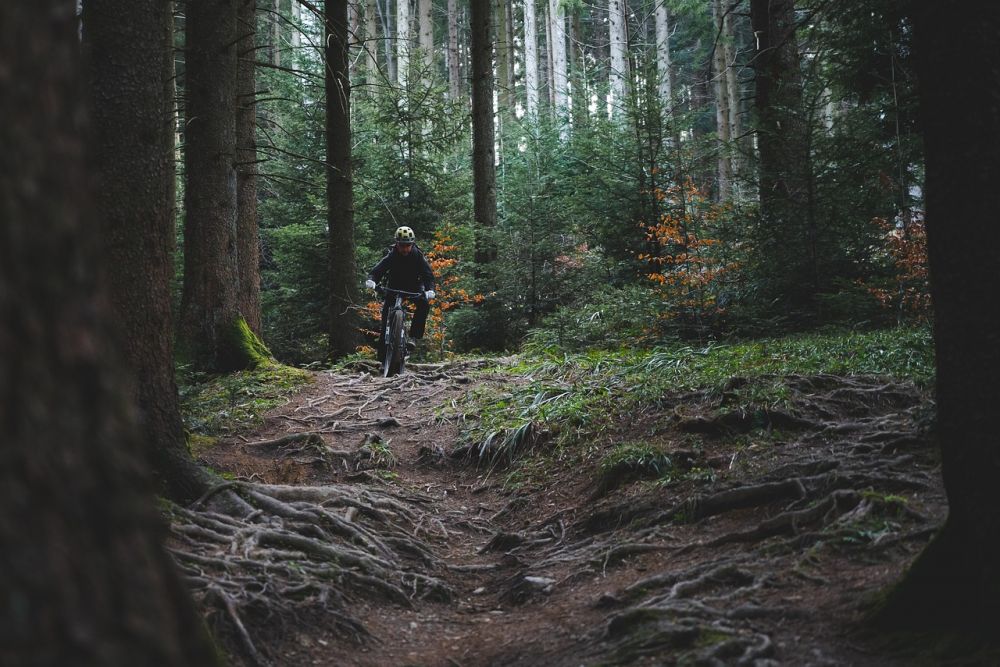Tour de France 4th stage: History, Highlights, and What to Know

Introduction:
The Tour de France is one of the most prestigious and grueling cycling races in the world. Each stage presents a unique challenge for the riders, and the 4th stage is no exception. In this article, we will delve into the details of the Tour de France 4th stage, providing valuable information for those interested in this exhilarating event.
What is the Tour de France 4th stage?:

The 4th stage of the Tour de France is a crucial part of the race, typically taking place on the flat or hilly terrains of France. It is usually around 170-200 kilometers long and consists of intense sprints, numerous climbs, and exciting descents. The stage showcases the riders’ abilities to adapt to changing landscapes and is known for its unpredictable nature.
Historical Development of the Tour de France 4th Stage:
The Tour de France 4th stage has evolved significantly over the years, reflecting the dynamic nature of the sport. Initially, the stage was relatively straightforward, mainly serving as a transition from the previous stages. However, as the race gained popularity and cycling strategies evolved, the 4th stage became an integral part of the competition.
In recent years, the stage has been strategically designed to challenge the riders’ endurance and tactical skills. It often includes tricky sections such as cobbled roads, crosswinds, or steep ascents, adding greater excitement to the race. These variations in terrain create opportunities for breakaways, attacks, and thrilling finishes.
Key Features and Highlights:
Challenging terrain: The Tour de France 4th stage often includes sections with cobbled roads, crosswinds, or steep climbs. This variety tests the riders’ strength and endurance, making it a memorable stage for both participants and spectators.
Sprint finishes: The stage frequently ends with an exhilarating sprint finish, where riders push themselves to the limit to cross the finish line first. These intense sprints often result in photo finishes, adding to the spectacle and drama of the race.
Struggles for the yellow jersey: The 4th stage is a critical phase where riders are fiercely competing for the coveted yellow jersey. In some cases, the stage can determine the overall winner of the Tour de France, intensifying the competition and raising the stakes for all participants.
Scenic landscapes: The 4th stage takes place in various regions of France, showcasing the country’s stunning landscapes. From picturesque villages to breathtaking mountain ranges, viewers are treated to a visual feast as the race unfolds.
: Indsæt en spændende video fra tidligere Tour de France 4th stage, der viser ryttere kæmper på svingende veje og sprinter hen imod målstregen.]
The Tour de France 4th stage is a must-watch for sports and leisure enthusiasts. Its challenging terrain, historical significance, and thrilling finishes make it a highlight of the prestigious race. Stay tuned for further updates on the upcoming edition!
In conclusion, the Tour de France 4th stage is a captivating part of the race, testing the riders’ skills and pushing them to their limits. Sprinkled with historical significance and thrilling moments, this stage never fails to captivate both participants and spectators alike. Whether you’re an avid cycling fan or simply enjoy watching exciting sporting events, the Tour de France 4th stage is undoubtedly a spectacle that should not be missed.





